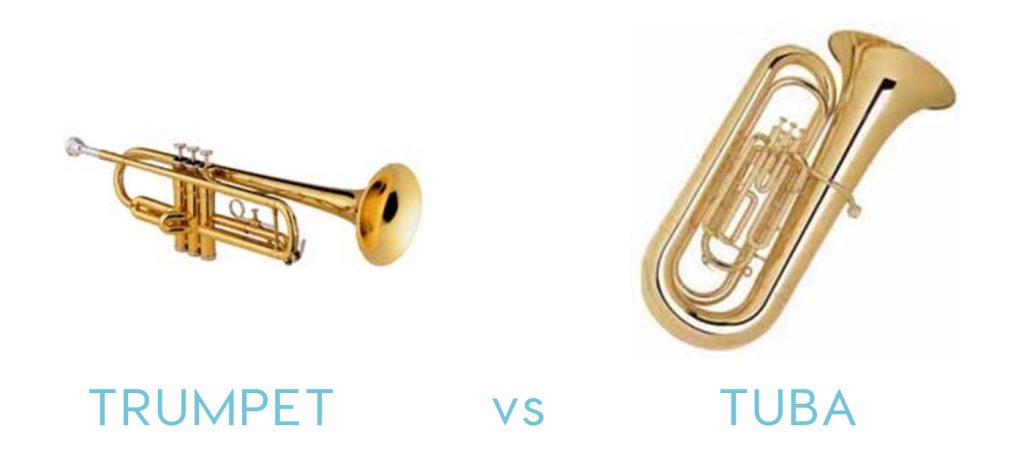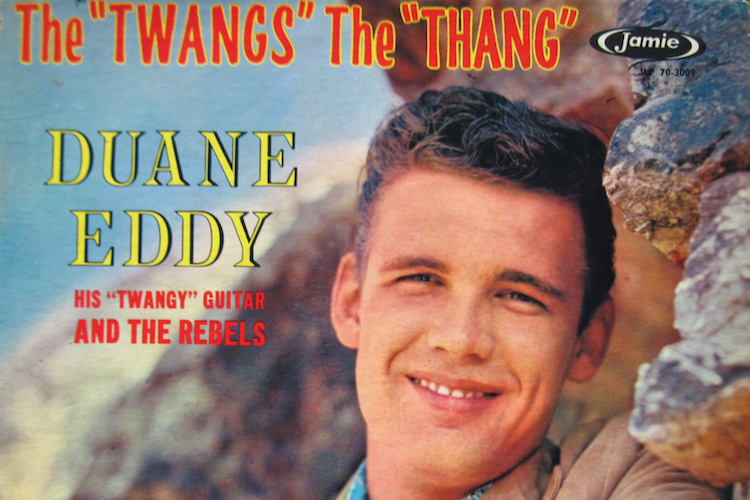(Pictured above) Canadian Duane Eddy’s 1959 surf-rock album, “The Twangs the Thang”
This is part one of a two part series on how to infuse your vocals with a classic country twang. Click here to jump right to part two: Southern accents!
Ah, the ever-recognizable country twang. It seems to be something you either have or your don’t. After all, cowboys are born cowboys, right?
Then it may come as a shock and a relief to find out that many of America’s iconic country singers are not actually from the South. Shania Twain ain’t even from America (Oh, Canada!). And how do singers like Illinois-boy Brett Eldridge or Bostonian Jo Dee Messina wind up with the most convincing country twang you’ve ever heard?
(Side note — can you imagine a version of “Heads Carolina, Tails California” in a Boston accent? “…somewhah greenah, somewhah wahmah.” I hope you’re laughing as hard as I am right now.)
Turns out, singing with a country twang is something that can be learned. You don’t have to be born south of the Mason Dixon line to qualify as a country act. In fact, you can even be born way down under the Mason-Dixon line. Just ask Keith Urban.
Part 1: The Vocal Technique Behind “Twang”
Commonly we think of “twang” as that cat-like, southern quality exhibited mostly by country singers. While this is true in a colloquial sense, “twang” is also a vocal technique that can serve many types of singers well.
You see, when you apply twang to your own voice, it does two main things: gives you a brighter, less breathy tone, and adds power (10-15 decibels, baby!) without increasing strain. It’s a powerful tool to keep in your toolbox, even if you’re completely uninterested in singing country music.

So what is twang in a vocal sense?
If you like highly technical, physiological explanations, this one’s for you:
“Above the vocal cords are two quadrangular membranes known as the ‘quadrate membranes’. Together with the epiglottis at the front and the arytenoid cartilages at the back, they form a funnel like a horn. The sides of this funnel are called the ‘aryepiglottic folds’. The whole funnel is called the ‘epiglottic funnel’…
When twanging, the opening of the epiglottic funnel is made smaller by bringing thearytenoid cartilages closer to the lower part of epiglottis (the petiole) whereby the sound gets clearer and non-breathy and you can increase your volume by 10 – 15 db.”
Source: The Complete Vocal Institute, Description and Sound of Twang
In plain English, this is basically saying:
Above your vocal cords is a set of membranes and cartilages that make the shape of a funnel. When you bring that cartilage in and warp the shape of the funnel to be even more horn-like, you get twang. The sound is less breathy, more clear, and louder.
So that twangy sound we all know and love actually has an academic explanation.
You can also think of your “epiglottic funnel” like this:
You have a trumpet and a tuba. You pick up your trumpet and play some notes. Brassy, clear, higher in register. You look into the horn and see that it’s only as wide as your face and slopes down into a much smaller tube.

Then you pick up your tuba. You blow some notes — it’s dark, deep, and resonant. Looking into the horn it’s obviously much larger than your trumpet. It narrows too, but by comparison, that narrowing is proportionately larger than on the trumpet. The trumpet is your voice utilizing vocal twang. The tuba is your natural, un-twanged voice.
So how do you find twang in your singing voice?
The easiest way to achieve twang is to first find it by speaking. Once you know what it feels like in your speaking voice, it’s much easier to then apply it to your singing voice.
Start by speaking in character voices.
What are some character’s that sound twangy, you ask? A duck (quack!), a super nerdy kid, a loud, fast-paced auctioneer, a deep southern accent, or even robot voice.
The robot voice tends to be the easiest to mimic — get super into it. I mean, don’t hold back. This will be weird, so try it alone first. Look in the mirror and give yourself your best robot from Planet 9 impression. If it sounds monotone, squeezed, and somewhat nasal-y, then you’re doing it right. If you need some examples to get you started, check out this expert doing his thing:
Next, move into your singing voice.
Now that you know what it feels like to speak in twang, you can focus on moving that into your singing voice. Pick a song, any song. Start singing that song as if you were one of the characters mentioned above. Sing really exaggerated — you are that monotone, twangy robot from Planet 9 and it’s karaoke night, and this. Is. Your. Jam.
Singing with exaggerated twang gets you familiar with how it feels on your voice. You’ll be able to recall this placement easier, because you know exactly what it should feel like.
Once you’ve gotten a good grasp on what twang feels like in your singing voice, you can start to tone it down. Try a country song, or even a bluegrass tune.
For an example of someone singing with twang, check out the first ten seconds of this video:
So you know what vocal twang is, and you know how to harness it.
The second part of “How to Achieve the Perfect Country Twang” is all about the country part of “country twang” — country accents. Keep learning here!
Don’t stop here!
Continue learning with hundreds of lessons on songwriting, mixing, recording and production, composing, beat making, and more on Soundfly, with artist-led courses by Ryan Lott, Com Truise, Jlin, Kiefer, RJD2, and Kimbra: Vocal Creativity, Arranging, & Production.




